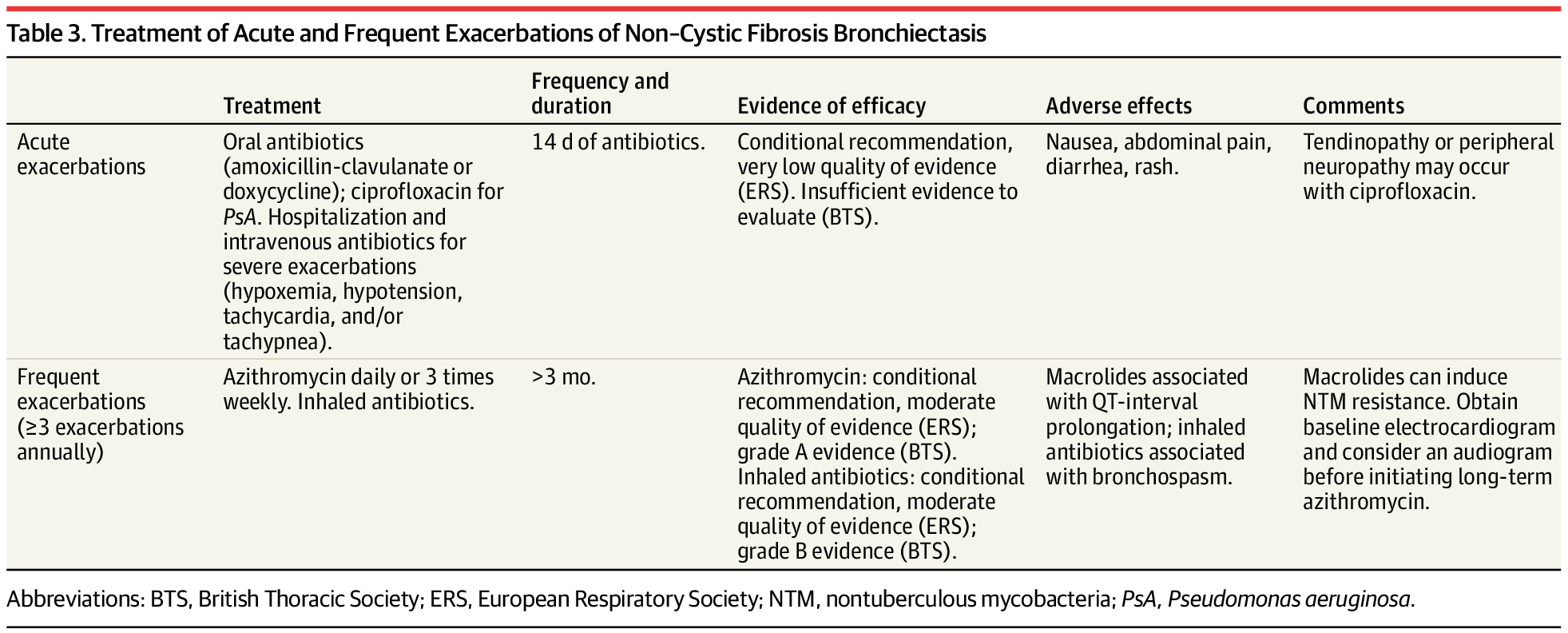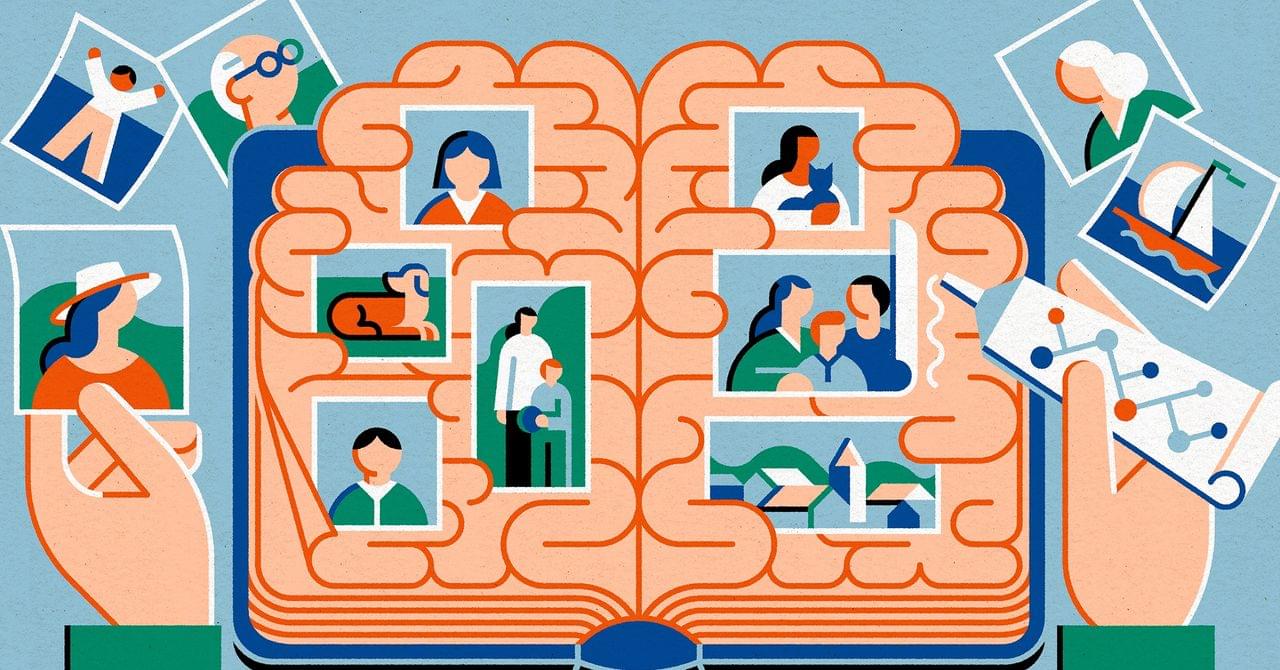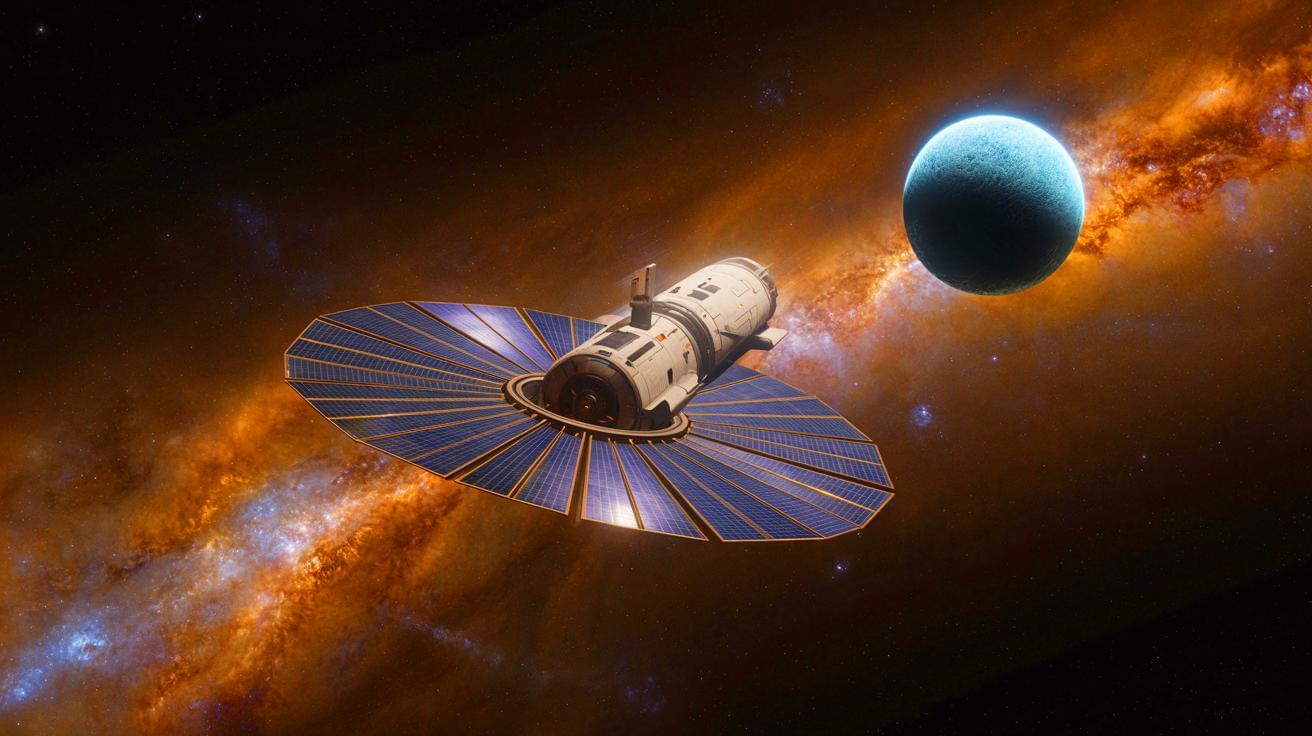Isolated for the first time in 1825 this hydrocarbon is now an important raw material in manufacturing dyes, explosives, rubber, phenol and therapeutic chemicals.



Unlock the secrets of fungal computing! Discover the mind-boggling potential of fungi as living computers. From the wood-wide web to the Unconventional Computing Lab, witness the evolution of mushroom technology.
Got a beard? Good. I’ve got something for you: http://beardblaze.com.
Simon’s Social Media:
Twitter: / simonwhistler.
Instagram: / simonwhistler.
Love content? Check out Simon’s other YouTube Channels:
Fiona Cauley ( https://www.fionacauley.com ) is a Nashville-based comedy superstar who uses her comedy for a greater purpose – to raise awareness about her r…
Join us on Patreon! https://www.patreon.com/MichaelLustgartenPhDDiscount Links/Affiliates: Blood testing (where I get the majority of my labs): https://www.u…


IN A NUTSHELL 🚀 Scientists are developing two experimental propulsion methods—nuclear fusion and solar sails—to reach Sedna. 🌌 Sedna, named after the Inuit goddess of the ocean, offers a rare chance to explore the outer solar system. 🔬 Exploring Sedna could unlock insights into the early solar system and the formation of celestial bodies. 🌍


A new sensing system called SonicBoom could help agricultural robots navigate cluttered environments where visual sensors struggle.
Developed by researchers at Carnegie Mellon University, SonicBoom uses tiny contact microphones to sense sound and localize objects that a robotic arm touches.
Interestingly, these robots could help farmers harvest crops even in increasingly challenging conditions, such as rising temperatures.